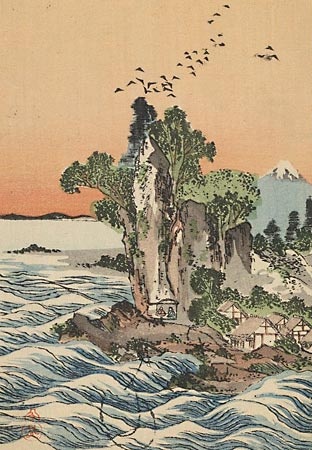Tani Bunchō
Japanese painter
original name Tani Masayasu, also called Bungorō
born 1763, Edo 【now Tokyo】, Japan
died Jan. 6, 1840, Edo
 Japanese painter who founded an eclectic school influenced by Chinese, Japanese, and Western styles.
Japanese painter who founded an eclectic school influenced by Chinese, Japanese, and Western styles.The son of a poet, Tani studied first with a master of the Kanō school, stressing Chinese themes and techniques, and then with a painter of the Hoku-ga, or Northern school of Chinese art. He also came under the influence of Nan-ga (the Southern school of Chinese art, also known in Japanese as the Bunjin-ga, or “Literati Painting”) as well as of Yamato-e (traditional Japanese paintings of scenes from daily life). He founded a new school of painting called Nanboku gōitsu, or the South and East school, and he introduced the use of Western perspective, a technique further refined by his most famous pupil, Watanabe Kazan. While his technique was outstanding and his knowledge of art considerable, his paintings frequently lack a spontaneous quality. Some of his mature works, especially portraits, are of striking realism. He also produced several art history books.